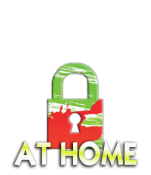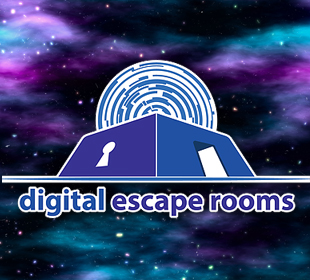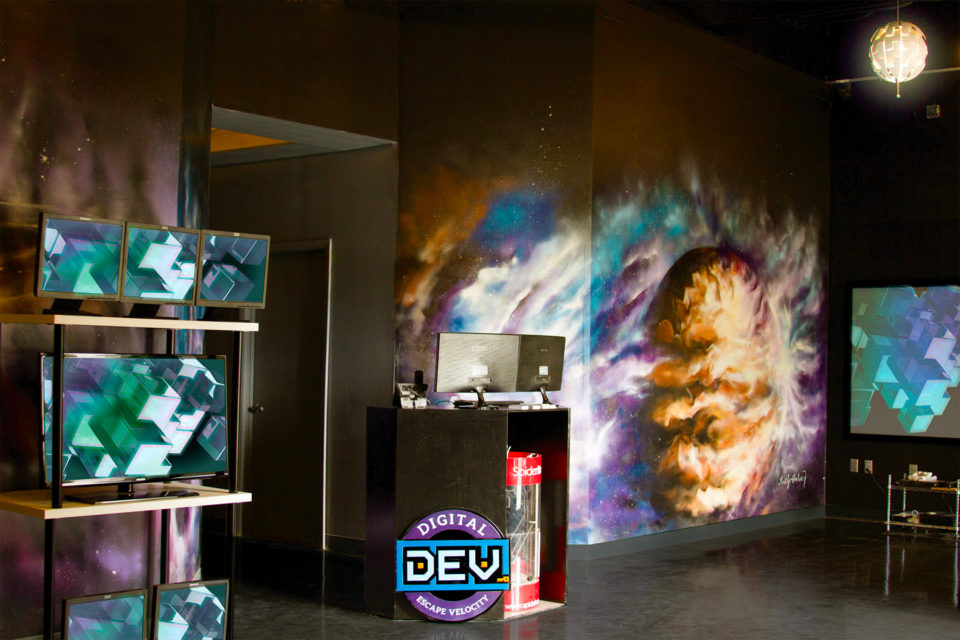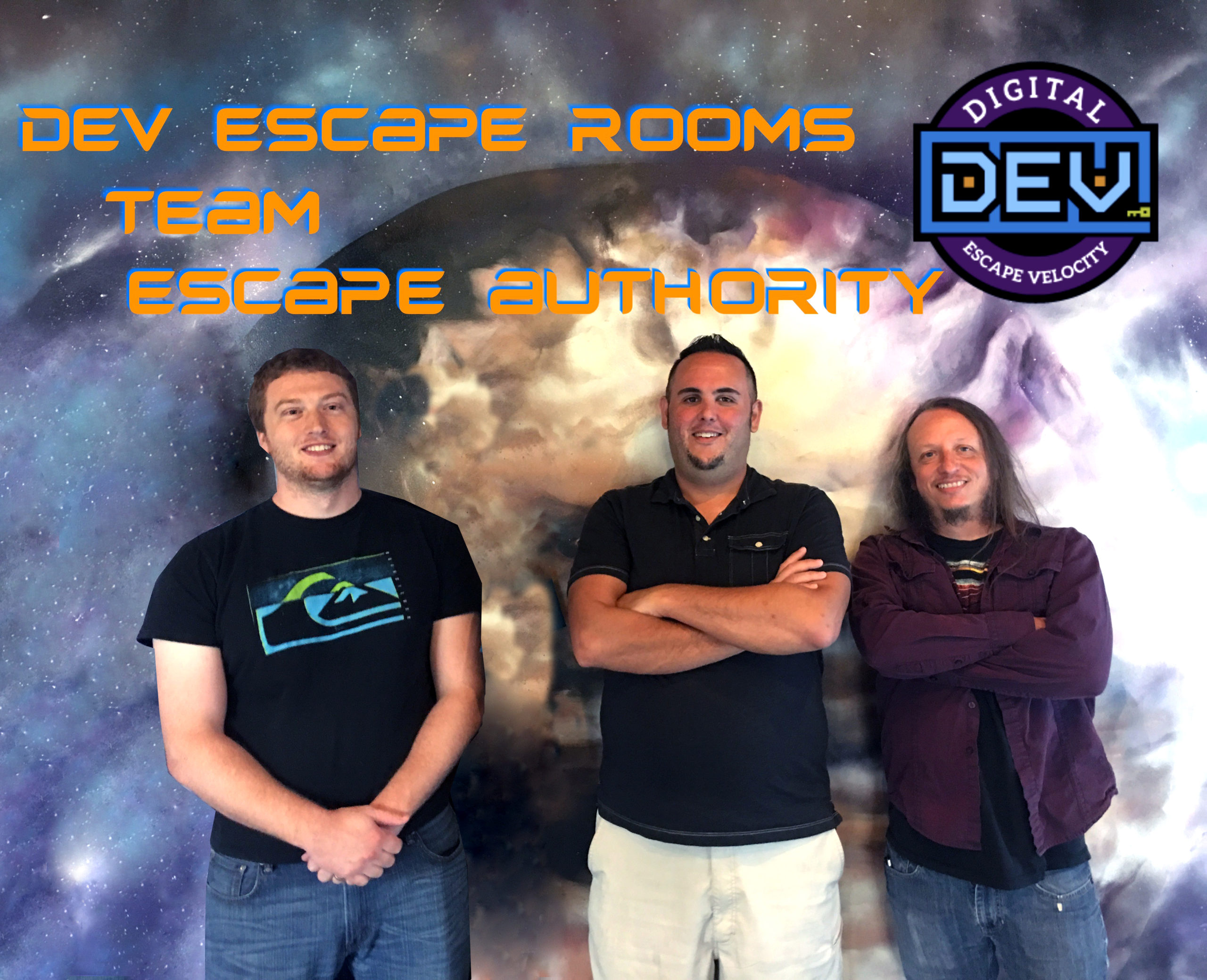RATING: 5 Keys RESULT: Loss REMAINING: 0:00
A high-tech space adventure. Danger, aliens, and a puppet villain.


 The year is 2225. Humanity has long gazed into the vast reaches of deep space and, not so long ago… we found life staring back at us. This is the story of one brave mission that you and your crew shared… a story of adventure… quick thinking… and most importantly, how you all worked together to face nearly impossible odds.
The year is 2225. Humanity has long gazed into the vast reaches of deep space and, not so long ago… we found life staring back at us. This is the story of one brave mission that you and your crew shared… a story of adventure… quick thinking… and most importantly, how you all worked together to face nearly impossible odds.
Teams board a derelict alien space craft on a desolate planet and must reactive its systems before the enemy arrives.
Sol Solution is a highly narrative driven experience featuring well produced video content. Throughout the experience, transmissions from members of your faction and the pursuing enemy are displayed on screens in the ship. These messages feel like an integral piece to the whole room and give a real sense of purpose to the activities of the game.
The leader of the alien antagonists, Muta, is a fantastically sinister puppet made by John Kennedy of The Jim Henson Company fame. It’s inclusion brings a special charm to the experience.
Transmissions are also the game’s hint system. Instead of using an intrusive and potentially immersion breaking solution, hints come as actual transmissions from your rescuing team. It all works to allow players to become fully absorbed into the story world.
Depending on how players perform, there are multiple endings and variations on the story—an aspect we love to see.

Spanning multiple rooms, this is an abandoned spaceship that sells its authenticity through the best use of media technology we have seen in an escape room to date. One room in particular has multiple screens showing exterior views that all connect and interact with one another. When a ship flies up out of one screen, it appears in another screen as if it was actually there.
This may seem like an obvious action, but the technology required to drive this integrated multi-screen experience sets Digital Escape Rooms apart from other escape rooms. It’s the difference between having a TV in a room that sticks out like a sore thumb to having monitors that truly feel like windows to another space.
Aside from the media, the ship itself has unique custom built hardware that integrates into the puzzles and gameplay. These feel like natural extensions of the ship and are all scenically painted to have the grimy texture of this foreign and derelict craft. Players are also given a wearable device for their wrist that works to give information throughout the experience.

 With Digital Escape Rooms’ tech-based roots, it should come as no surprise that behind every puzzle is big-data number crunching going on to determine when hints should be given and even at what difficulty level some puzzles should be presented at. Players can self select to play the game on one of three difficulty settings and that will alter some physical elements of the game. But once inside, some puzzles can still be altered on the fly.
With Digital Escape Rooms’ tech-based roots, it should come as no surprise that behind every puzzle is big-data number crunching going on to determine when hints should be given and even at what difficulty level some puzzles should be presented at. Players can self select to play the game on one of three difficulty settings and that will alter some physical elements of the game. But once inside, some puzzles can still be altered on the fly.
This adaptive system allows teams to see the whole story experience even if they are having difficulty with some puzzles. The system can even elect to completely skip over some stages for the sake of time.
There is a good mixture of both physical puzzles and screen based challenges. Screen puzzles walk the fine line between feeling like video games (because really they are) and actually feeling like systems that could exist on the ship. Most importantly everything makes sense in the story world. Computer system screens feel a part of the space, and the tactile elements are really memorable.

Digital Escape Rooms’ debut game Sol Solution is a fantastic, high-tech, sci-fi experience. When we visited they were in a final soft-opening period with a few additions still to come. The experience we saw was impressive and with the last tweaks now in place, Sol Solution is a game not to miss.
The second game from Digital Escape Rooms (set to open soon) Station Praesidium will continue both the storyline and high-tech atmosphere of the first game.
This is a company to watch. With a team made up of former Lockheed engineers and computer scientists, programmers, and game developers, they have the perfect mix of experience to continue making next-level games.
A note: This game does require a minimum of three players. A few particular puzzles are not physically possible to solve without three, and several others would take quite a bit longer to solve with a smaller team. There is plenty to do in the space, and some activities that can be worked on in parallel, so don’t be shy about bringing in a full group of six players.

Venue: Digital Escape Rooms
Location: Orlando, FL
Number of Games: 1
GAME SPECIFIC INFORMATION:
Duration: 60 minutes
Capacity: 6 people
Group Type: Public / You may be paired with strangers.
Cost: $25 per person

We thank Digital Escape Rooms for inviting us to play this game. Although complimentary admission was generously provided, that in no way impacts the opinion included within this review.




















